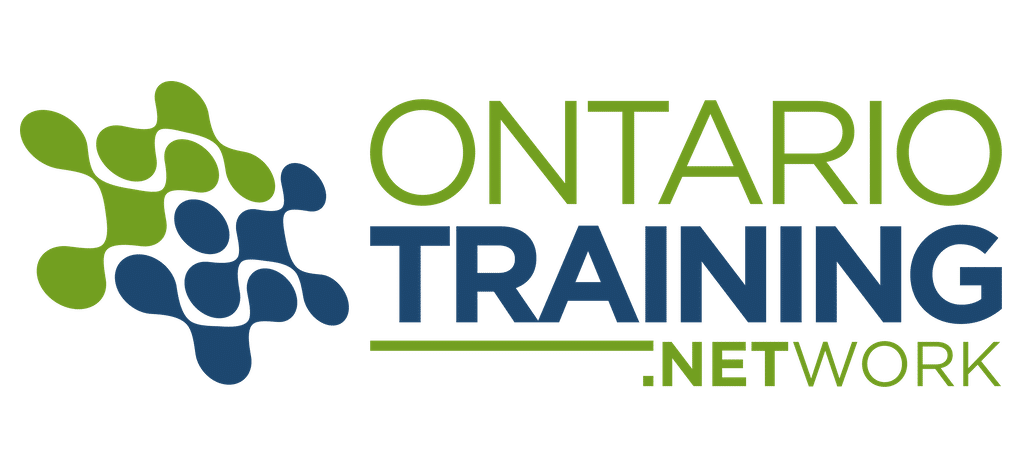Although so many organizations already practice agile to certain extents, there are still multiple misconceptions that lead to application and implementation of agile concepts the wrong way, or in the wrong context. At the conclusion of the course, participants will be well equipped to take their new Agile and Scrum knowledge and skills and apply those immediately to their work on Agile projects. The course provides a solid Agile foundation, recognizing the advantages of agile, along with its challenges.
This dynamic course provides participants with a high-level overview of Agile and Scrum. Participants are introduced to the Agile Manifesto along with its supporting principles. This sets the stage for an overview of Scrum. As the course progresses, participants learn the Scrum process flow, roles, events and artifacts used and practiced by a Scrum team. Throughout the course, participants are asked to apply what they are learning about these practices through a variety of interactive discussions and exercises.
WHO SHOULD ATTEND:
- Anyone looking for a common understanding of Agile foundations, principles, and practices
- Members of newly formed teams who embark on agile
- Individual with Agile experience who seem to be operating with a wide array of expectations
- Project managers
- Business analysts in agile environments
- Senior managers in agile environments
PARTICIPANTS WILL LEARN TO:
- Describe the Agile principles and values and how they apply to Scrum
- Explain how adhering to the principles and values benefits your Team
- Describe the Agile Scrum framework and Agile Scrum roles and accountabilities
- Explain the purpose of using Events to manage projects and implement the transition to Scrum
- Describe the benefits of User Stories and describe various sizing methods
- Track progress using visual management techniques
- Discuss how to define “Done” and how to use it on your Team
COURSE OUTLINE
Agile Overview
- What is Agile
- The Agile Manifesto
- Why Agile
Agile and Scrum
- What is Scrum
- Scrum Process Overview
- Scrum Events and Ceremonies, Artifacts, and Roles
User Stories and the Product Backlog
- What is the Product Backlog
- What is a User Story
- Acceptance Criteria
- Evaluate User Stories
- Definition of Ready (DoR)
- Ordering the Product Backlog
- Prioritization, MoSCoW, and a Risk Adjusted Backlog
Estimation
- Relative Estimation
- Accuracy vs. Consistency
- Story Points
- Planning Poker
- Velocity
Agile Planning
- Levels of Agile Planning
- Definition of Done (DoD)
- Sprint Planning
- The Sprint Backlog
The Sprint
- During the Sprint
- The Daily Scrum
- Sprint Burndown
- Sprint Review: the Demo and the Retrospective
METHODOLOGY
This dynamic course combines discussions, activities, and case-driven exercises, along with practical real-life examples.
